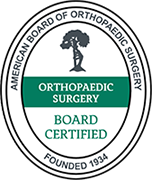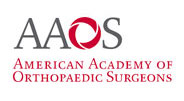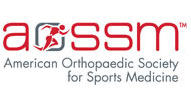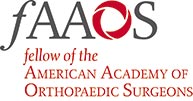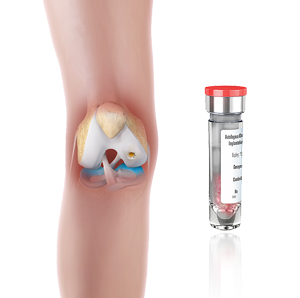
Introduction
Matrix-Induced autologous chondrocyte implantation is an innovative, FDA-approved cartilage restoration procedure that uses your own cells to repair cartilage defects in your knee. It can alleviate knee pain, help you regain function and may even delay or prevent arthritis.
Disease Overview
Knee cartilage injuries may be caused by repetitive actions or a traumatic event such as a fall or a direct blow resulting in knee pain, swelling, and restricted range of motion. When compared to muscle or bone, cartilage has a very poor blood supply and injuries tend to heal very slowly and may even get worse with time. When conservative treatments or other options fail to resolve your symptoms, MACI maybe your best option to return to what you enjoy.
Who is an Ideal Candidate?
This procedure is recommended for young patients with:
- A single lesion under 2 cm
- Healthy underlying bone
Procedure
The steps involved in MACI include:
- Obtaining the Biopsy: A small biopsy of healthy cartilage is performed from a non-weight-bearing portion of the knee.
- Biopsy Processing: The biopsy is sent to a state-of-the-art processing facility where chondrocytes, the cartilage-producing cells, are extracted from the biopsy and inserted onto a layer of collagen, a type of protein.
- Chondrocyte Regeneration: The embedded chondrocytes regenerate within the collagen matrix to form implant tissue that can be used to fill the cartilage defect. The process usually takes about 6 weeks.
- MACI Delivery: The matrix-induced autologous chondrocyte implant is then delivered at the appropriate time to your surgeon for the implant procedure.
- MACI Implanted: Your surgeon will then shape the collagen matrix to cover your cartilage defect and surgically implant it into your knee.
Advantages
The benefits of this approach include:
- No danger of tissue rejection
- The implanted material may further stimulate the production of cartilage
Risks and Complications
Complications with MACI are rare and include:
- Tendonitis
- Arthralgia or joint pain
- Joint swelling
- Cartilage injury
- Osteoarthritis
Contraindications
This procedure should be avoided in cases of:
- Hypersensitivity to collagen
- Severe osteoarthritis
- Inflammatory joint disease
- Blood coagulation disorders
- Knee surgery in the past 6 months

